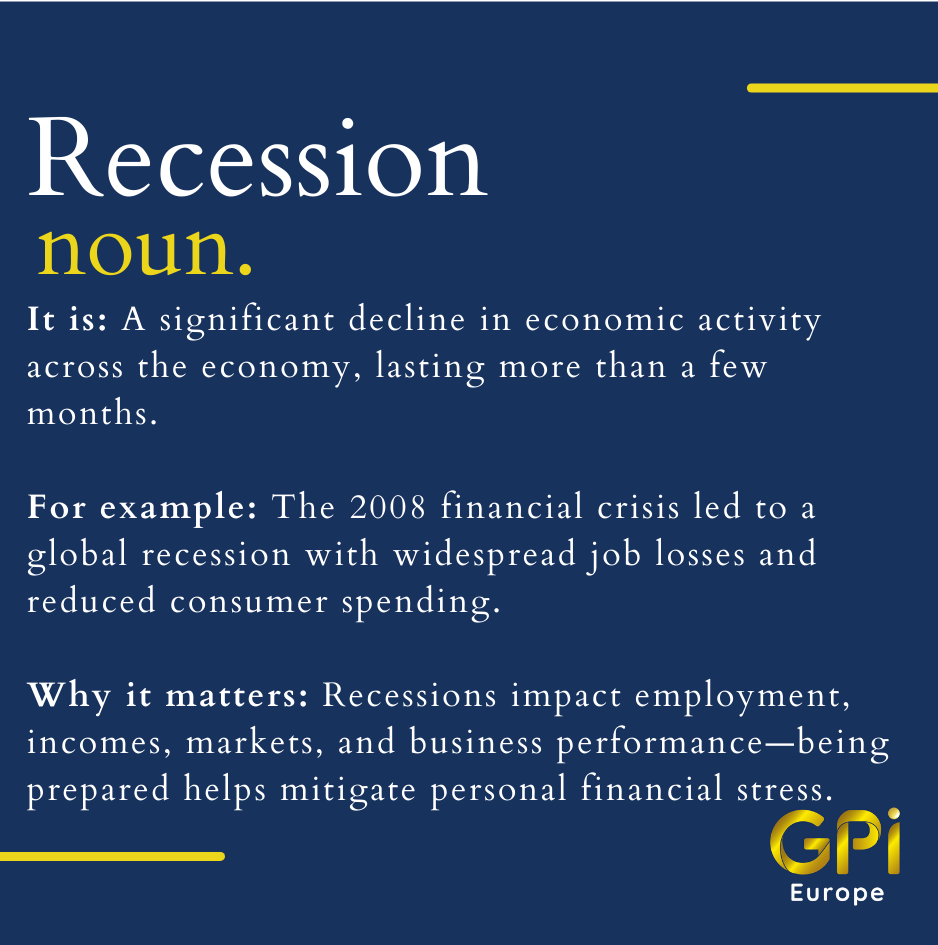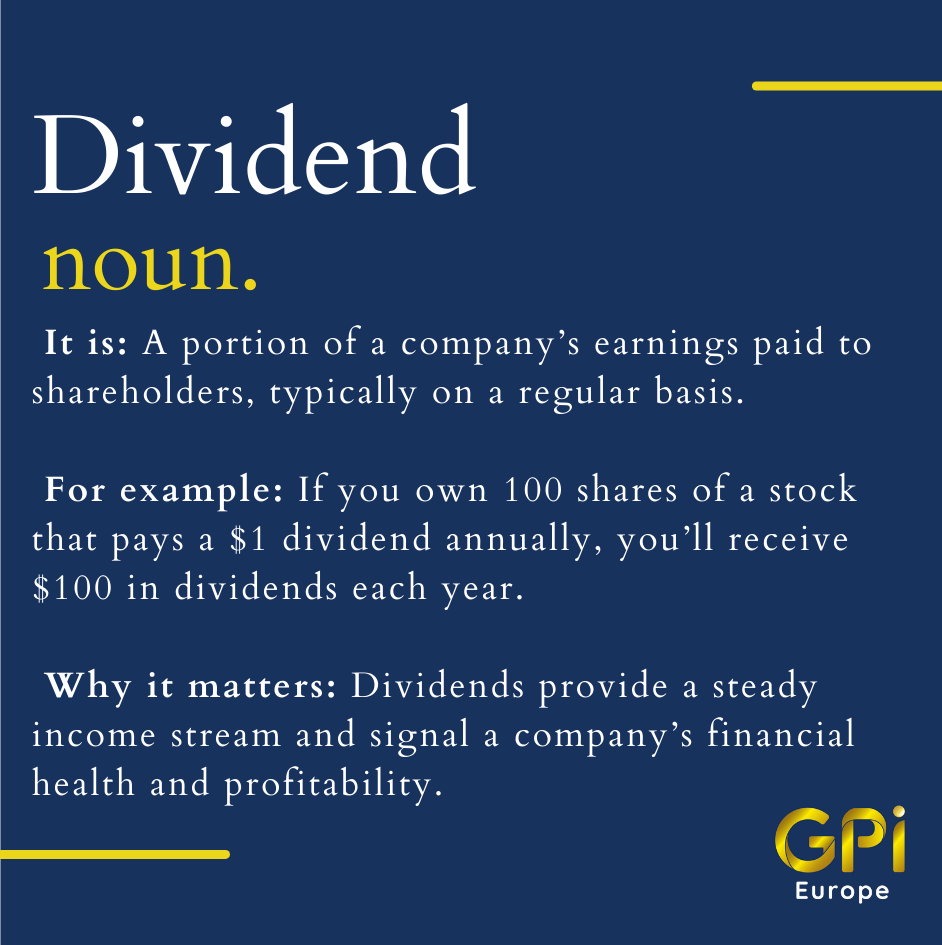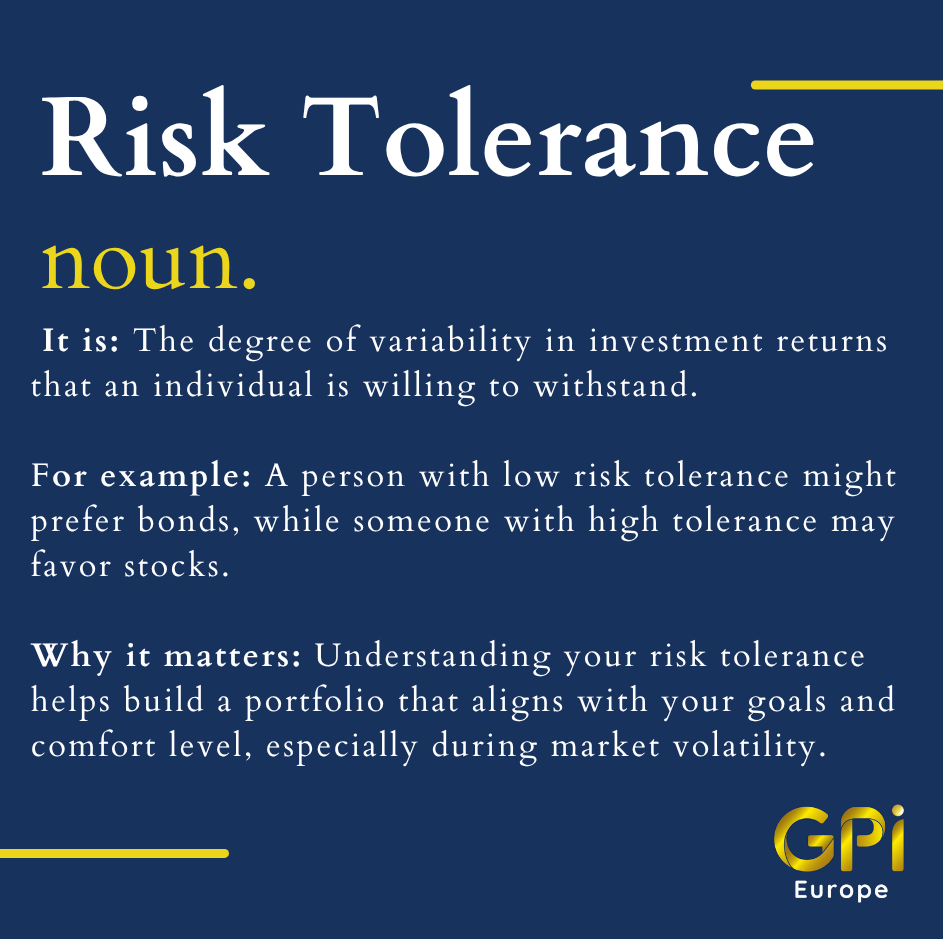Whole-life insurance
Whole-life insurance, also known as permanent life insurance, is a type of life insurance that provides coverage for the entire lifetime of the policyholder, as long as the premiums are paid. It offers both a death benefit, which is the amount paid to the beneficiary upon the death of the policyholder, and a cash value component that grows over time.
Whole-life insurance typically has higher premiums compared to term life insurance, which provides coverage for a specified term, because it offers lifelong coverage and accumulates cash value. The premiums paid for whole-life insurance are typically divided into two parts: the cost of insurance (COI) and the savings component that grows the cash value. The cash value component of whole-life insurance grows over time through investments made by the insurance company.
This cash value can be accessed by the policyholder through policy loans or withdrawals, and can be used for various purposes, such as supplementing retirement income, funding education expenses, or addressing emergency financial needs. The cash value component also has the potential to earn dividends, which can be used to increase the policy’s cash value or to purchase additional insurance coverage.
Examples of whole-life insurance include:
Traditional whole-life insurance: this is the most basic form of whole-life insurance, where the policyholder pays regular premiums throughout their lifetime, and the policy provides a death benefit and accumulates cash value over time. The cash value component grows at a guaranteed rate and may also receive dividends from the insurance company’s investments.
Universal life insurance: this is a type of whole-life insurance that provides more flexibility in premium payments and death benefit amount. It allows the policyholder to adjust the premiums and death benefit to meet their changing needs. Universal life insurance also offers a cash value component that can grow based on the performance of the investments chosen by the policyholder.
Indexed universal life insurance: this is a variation of universal life insurance where the cash value component is linked to the performance of an underlying market index, such as the S&P 500. The policyholder may have the potential to earn higher returns based on the index performance, but there is also a risk of lower returns or loss of cash value if the index performs poorly.
Variable life insurance: this is a type of whole-life insurance that allows the policyholder to invest the cash value component in a variety of investment options, such as stocks, bonds, or mutual funds. The policyholder bears the investment risk and has the potential for higher returns, but also the risk of lower returns or loss of cash value depending on the performance of the investments.
Whole-life insurance can provide lifelong coverage and a savings component for policyholders who want permanent life insurance and are willing to pay higher premiums compared to term life insurance. It is important to carefully review and understand the policy terms, premiums, death benefit, cash value growth potential, and risks before purchasing a whole-life insurance policy, and to consult with a qualified financial professional for personalised advice.





